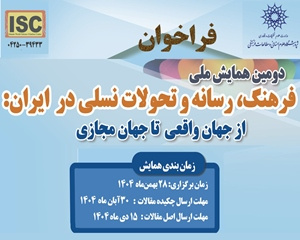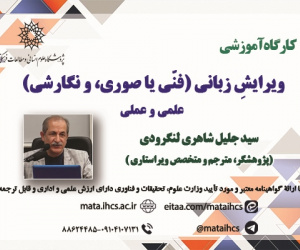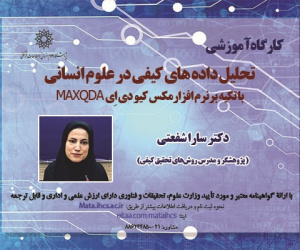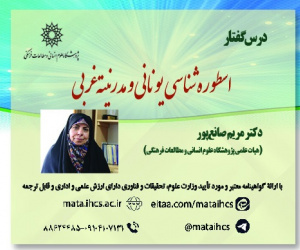بررسی مدل اقناعی کارل هاولند براساس ظرفیت شناسی انسان از منظر قرآن کریم
آرشیو
چکیده
هدف: در رسانه «اقناع» و «تغییر نگرش» در حوزه ذهنی برای تاثیرگذاری بر انسان بسیار مطرح است؛ درحالی که از دیدگاه قرآن، انسان به معنای «حی متاله» و مبتنی بر فطرت دارای ساحات متفاوتی است که ظرفیت متفاوتی نیز برای متاثر شدن دارد. هدف پژوهش حاضر، بررسی تغییر نگرش از این دیدگاه در مدل اقناعی هاولند است و تلاش می شود به بررسی مراحل شش گانه و عناصر تغییر نگرش را بر این اساس بپردازد. روش شناسی: در این پژوهش ابتدا مدل اقناعی هاولند در نظر گرفته شده است. داده ها به روش اسنادی_کتابخانه ای جمع آوری شده و سپس با روش تحلیل منطقی تبیین می شود.یافته ها: مبتنی بر یافته های پژوهش از آنجا که منبع پیام در اسلام خداوند است و ساحات وجودی انسان بر اساس فطرت متشکل از چهار لایه وجودی (صدر، شغاف، قلب و فواد) است، تغییر نگرشی که منجر به ایجاد رفتاری شود، در لایه سوم وجودی انسان با دو قوه عقل (به معنای حد زدن) و تفکر (به منظور استنباط و استدلال) رخ داده و در چرخه معرفت توحیدی، تقوا زمینه ایجاد فرقان (قدرت تشخیص حق از باطل) را در او فراهم کرده و بصیرت را رقم می زند. نتیجه گیری: عناصر و مراحل شش گانه هاولند در حوزه منبع پیام، درک پیام، مخاطب پیام، محتوا و چگونگی تغییر نگرش از منظر قرآن کریم مخدوش است. به این معنا که وقتی منبع پیام، خداوند باشد، توجه و درک پیام نیز با توجه به انسان بر اساس مبنانی قرآنی، حوزه فطری او را درگیر می کند و روند اقناع و تغییر نگرش در این مسیر تعریف می شود.Examining Carl Holland's Persuasive Model based on Human Capacity from the Perspective of the Holy Quran
Research Objective: The significance of "persuasion" and "attitude change" in the media in the mental domain for influencing humans is highly discussed. However, from the perspective of the Quran, humans, as "living beings," have different dimensions based on their nature, which also have different capacities for influence. The aim of this research is to examine attitude change from this perspective in the Holland persuasion model and to investigate the six stages and elements of attitude change based on this.Research Methodology: In this study, the Holland persuasion model was first considered. The data was collected through a documentary-library method and then explained using logical analysis.Research Findings: Based on the research findings, since the source of the message in Islam is God and the existential dimensions of humans based on nature consist of four layers (Sadr, Shoghaaf, Qalb, and Fowad), an attitude change that leads to behavior occurs in the third existential layer of humans with the two powers of reason (in the sense of limitation) and thinking (for inference and argumentation) and in the cycle of monotheistic knowledge, piety provides the basis for creating a criterion (the power to distinguish truth from falsehood) and establishes insight.Conclusion: The six stages and elements of Holland in the areas of message source, message understanding, message recipient, content, and the way of attitude change are distorted from the perspective of the Holy Quran. This means that when the source of the message is God, attention and understanding of the message also involve the natural sphere of humans based on Quranic foundations, and the process of persuasion and attitude change is defined in this path.








